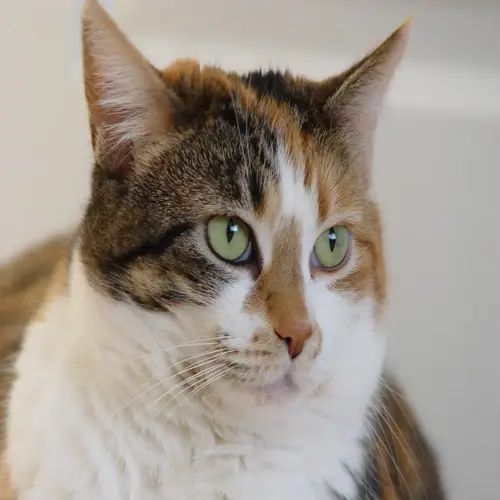How often should wings be clipped?

Written by
John Williams
Reviewed by
Prof. David Walsh, Ph.D.The frequency of clipping depends on the molt for the species of your birds. Small birds replace their feathers faster than large parrots. Molt cycles vary seasonally and exhibit a variation in the scheduling of regrowth. Never clip during the active period of the molt. Blood feathers emerge during this period, giving the birds a greater chance of being injured.
Inspection Techniques
- Check wing symmetry weekly under bright light
- Measure primary feather length monthly
- Document regrowth patterns with photos
- Note molting signs like pin feathers
Action Thresholds
- Clip when 3+ primaries reach full length
- Intervene if flight height exceeds 4 feet
- Schedule clipping before seasonal molts
- Never trim feathers with visible blood supply
Over-clipping causes both physical and emotional damage. Frequent clipping causes trauma to feather follicles, lessening the chances of future regrowth. Birds lose muscle tone without the normal use of their flight muscles. I have rehabilitated birds with atrophied pectoral muscles caused by excessive clipping. Their rehabilitation took months of therapy.
Under-clipping raises the odds of escape or injury. The incompletely regrown feathers also create instability in flight. In this way, accidents will occur, such as striking the wall or falling badly. Flight capacity must be tested weekly. In secure rooms, test flights can be made to test the flight control. Never assume that the last timing of the clipping applies to the present. The individual regrowth varies.
It is recommended to consult your avian veterinarian for individualized visitation schedules, considering factors such as age, health, and environment. Small apartments will require different methods than aviaries. Your veterinarian is aware of species-specific vulnerabilities and will recommend adequate inspection techniques during appointments.
Bird-proofing results in decreased need for trimming, as clipping will still have to be performed. Secure windows allow your birds to exercise in flight. The use of recall training gives you control at the same time making lame the need to clip. These alternatives help prolong the intervals between trims. They permit natural behavior while still being safe. This is what benefits your birds' welfare mostly.
Read the full article: Bird Wing Clipping Guide for Pet Owners

